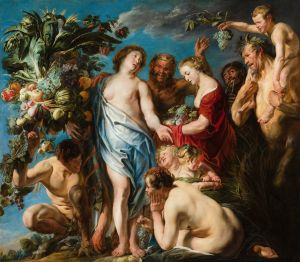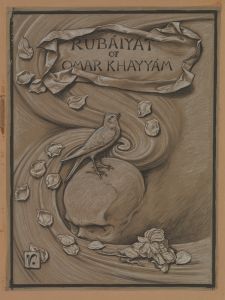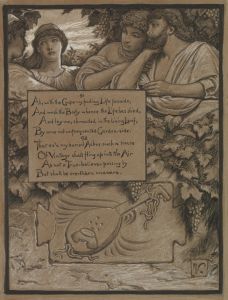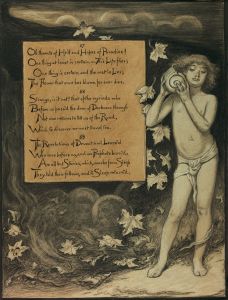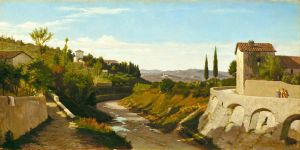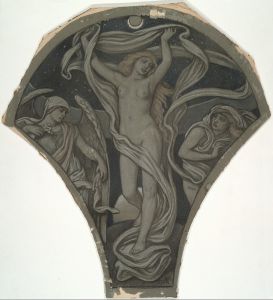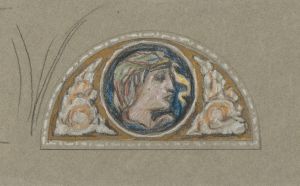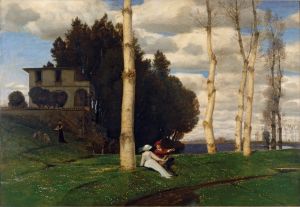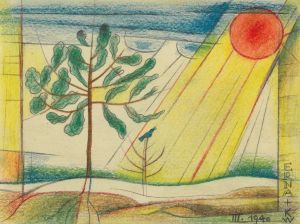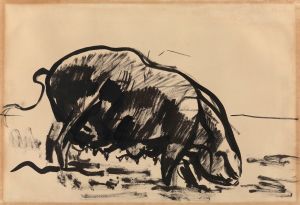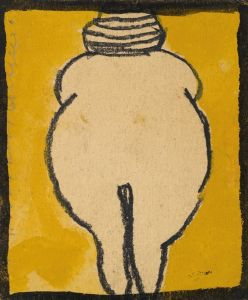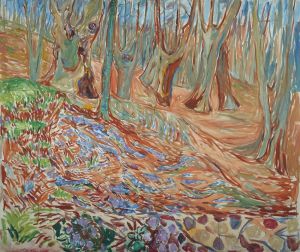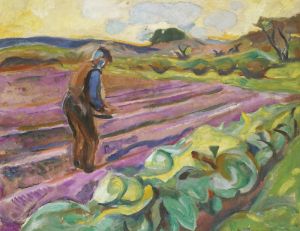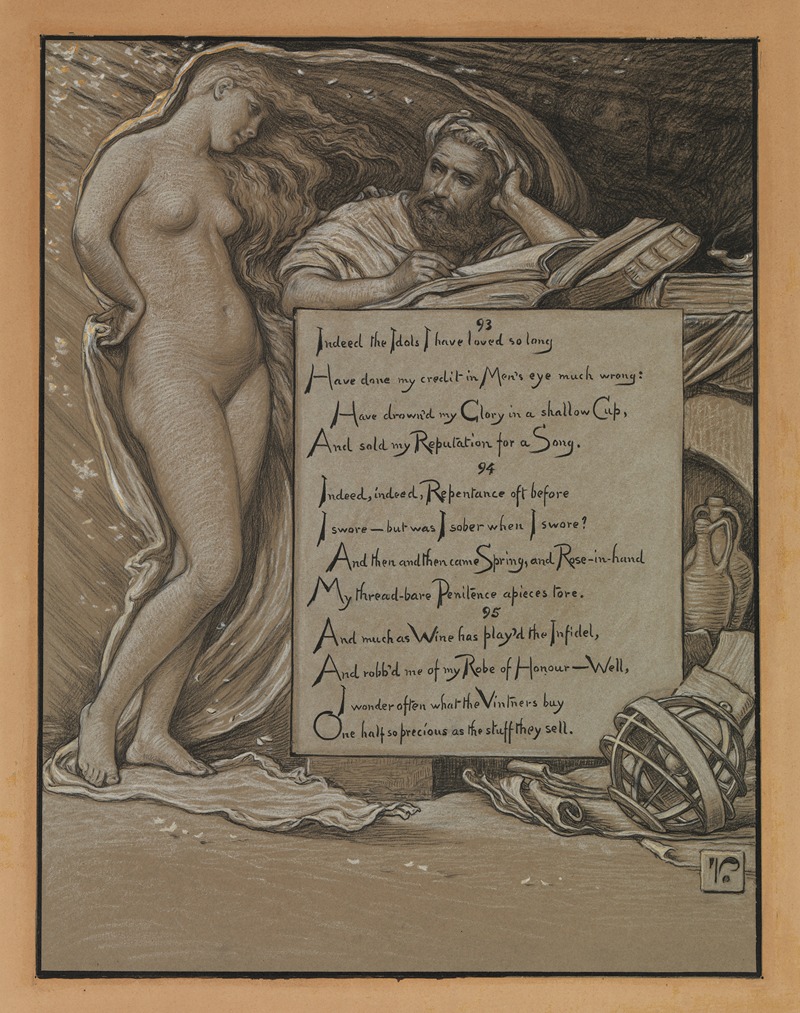
Spring
A hand-painted replica of Elihu Vedder’s masterpiece Spring, meticulously crafted by professional artists to capture the true essence of the original. Each piece is created with museum-quality canvas and rare mineral pigments, carefully painted by experienced artists with delicate brushstrokes and rich, layered colors to perfectly recreate the texture of the original artwork. Unlike machine-printed reproductions, this hand-painted version brings the painting to life, infused with the artist’s emotions and skill in every stroke. Whether for personal collection or home decoration, it instantly elevates the artistic atmosphere of any space.
Elihu Vedder was an American symbolist painter, born on February 26, 1836, in New York City. He is best known for his allegorical works and his association with the symbolist movement, which sought to express ideas and emotions through symbolic imagery and themes. Vedder's work often explored themes of mythology, literature, and the human condition, and he was influenced by both European and American artistic traditions.
One of Vedder's notable works is "Spring," a painting that exemplifies his symbolist style. Although specific details about the creation and exhibition history of "Spring" are not extensively documented, it is known that Vedder's work during this period often incorporated themes of renewal and transformation, which are commonly associated with the season of spring.
"Spring" by Elihu Vedder is characterized by its use of allegorical imagery, a hallmark of Vedder's artistic approach. The painting likely features figures or elements that symbolize the rejuvenation and rebirth associated with springtime. Vedder's use of color, composition, and symbolism would have been intended to evoke the emotional and philosophical themes of the season.
Vedder's career was marked by his travels and studies in Europe, particularly in Italy, where he was influenced by the Renaissance masters and the burgeoning symbolist movement. His exposure to different artistic styles and philosophies enriched his work, allowing him to blend classical techniques with modern ideas. This fusion is evident in "Spring," where traditional artistic methods are used to convey contemporary symbolist themes.
Throughout his career, Vedder was associated with the American Pre-Raphaelites and was part of a broader movement of artists who sought to challenge the conventions of their time. His work was exhibited in various galleries and exhibitions, gaining recognition for its unique style and thematic depth. Vedder's contributions to the symbolist movement and his exploration of allegorical themes have left a lasting impact on American art.
In addition to his paintings, Vedder was also known for his illustrations, most notably for the 1884 edition of "The Rubaiyat of Omar Khayyam," which further cemented his reputation as a symbolist artist. His ability to translate complex literary and philosophical ideas into visual form was a defining feature of his work.
Elihu Vedder passed away on January 29, 1923, in Rome, Italy, leaving behind a legacy of art that continues to be studied and appreciated for its symbolic richness and artistic innovation. While specific details about "Spring" may be limited, the painting remains an example of Vedder's skill in using art to explore the deeper meanings of human experience and the natural world.





